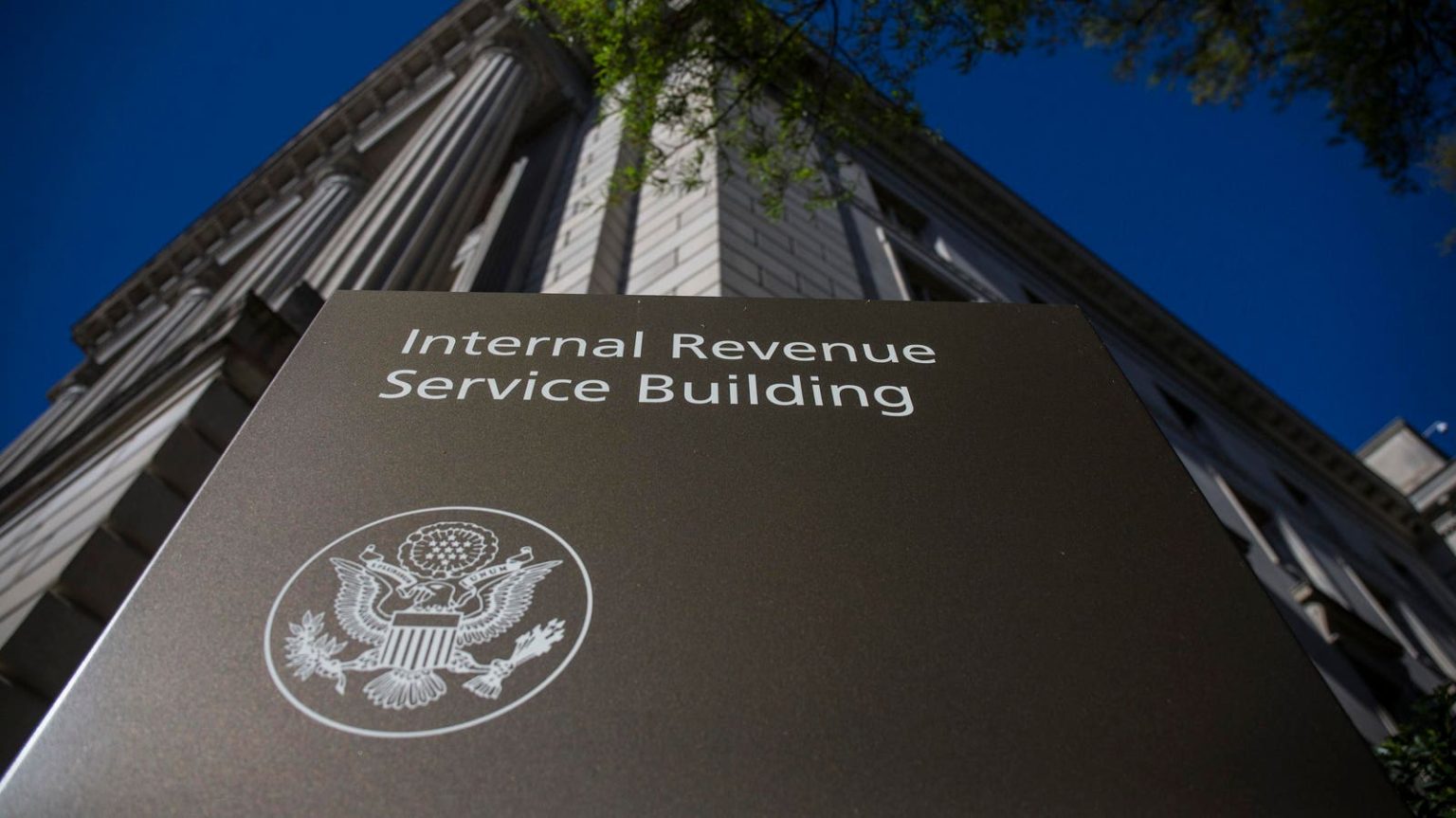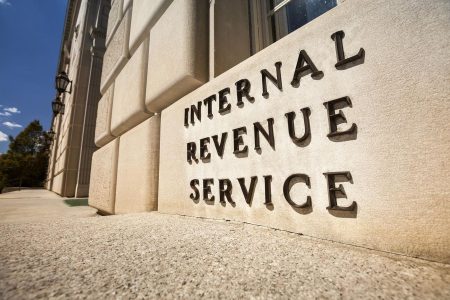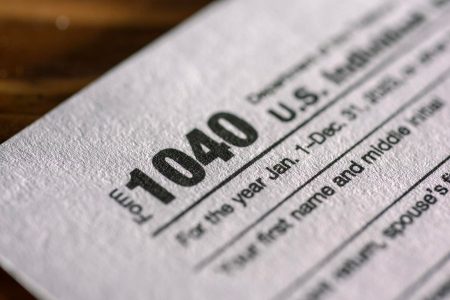The latest IRS data shows that it had 1,057,000 unprocessed Forms 941-X as of December 9, 2023. Most of those forms are likely Employee Retention Credit (ERC) refund claims. That number is certainly understated, as IRS Commissioner Danny Werfel told the United States Senate Committee on Finance in mid-April that the IRS was still receiving an average of about 20,000 ERC refund claims per week. Assuming that pace continues today and that the IRS was receiving the same average number of claims per week since it last updated the publicly available data in December, would mean that the IRS has received about another 400,000 claims, putting the total unprocessed ERC refund claims somewhere around 1.5 million.
Commissioner Werfel also told the Senate Finance Committee that the IRS has already “processed about 3.6 million ERC claims worth approximately $230 billion to businesses,” which is about $64,000 per claim. If the estimated 1.5 million claims pending is in the ballpark and those claims average about the same $64,000 as those already processed, the remaining unprocessed claims total roughly another $96 billion. That number is full of assumptions and certainly is not precise, but it does give some indication of the magnitude of unprocessed claims.
On September 15, 2023, the IRS announced a moratorium on processing new ERC refund claims due to the IRS’ “concerns about a flood of improper” claims. While the IRS has continued to process claims that were filed prior to that date, its work has dramatically slowed. The agency has not committed to any specific timeline for lifting the moratorium.
What is the IRS going to do with all of the unprocessed claims? Nobody outside the IRS knows for sure, but many practitioners and taxpayers are imploring the agency to move more quickly. Chuck Rettig, the IRS’ immediate past Commissioner who now represents taxpayers in IRS matters as a shareholder at the law firm Chamberlain Hrdlicka, told me, “The IRS should not indefinitely continue the moratorium on processing ERC claims. The IRS ERC voluntary disclosure program has had success in certain taxpayers voluntarily rescinding a significant amount of ERC claims. However, there are numerous claims that have been submitted by eligible businesses that are continuing to struggle financially. Many have secured and are struggling to service loans from family, friends and others. The IRS needs to appropriately balance the importance of renewing a review of submitted claims and distributing these funds to struggling eligible businesses versus erroneous and potentially fraudulent claims that have been submitted.” (In the interests of full disclosure, I am also a shareholder at Chamberlain Hrdlicka.)
Eric Hylton, a national director at alliantgroup and a former Commissioner of the Small Business and Self-Employed division of the IRS, expressed similar sentiments. He told me, “The IRS’ holistic ERC compliance strategy has had a significant impact in mitigating fraud and improper claims, however the continual delay of the processing ERC claims based on the moratorium poses significant concerns for the financial health of businesses that complied with the eligibility criteria and anticipated these crucial funds. Prompt resolution not only fulfills the IRS’ obligations to support compliant taxpayers but also upholds the integrity of the relief measures enacted by Congress to sustain business during an unprecedented time.”
Notwithstanding the calls for action, predicting what the IRS will do requires readers to understand the IRS’ available options and resources. Unless it gets really creative, the IRS normally can take four different actions on a refund claim: 1) issue the refund, 2) audit the claim, 3) deny the claim or 4) do nothing (which is not an action but is important to consider).
This article investigates how the IRS might approach each option for pending ERC refund claims and then discusses taxpayers’ options for getting pending ERC refund claims moving again.
The IRS Can Issue Some Refunds
The IRS has been using some of the additional funding it recently received to digitize the Forms 941-X that were previously filed on paper, which will allow the IRS to more easily verify that the information reported on the Form 941-X matches the taxpayer’s filed Form 941. This should give the IRS some comfort that those claims were filed by real businesses with real employees and could lead to some refunds being issued.
Yet IRS press releases routinely state that ERC refund claims as a whole are rife with fraud. Commissioner Werfel was recently quoted as saying that he “estimates that 19 out of every 20 claims is suspect.” And just last month he testified to the Senate Finance Committee that “in our big inventory of claims, there are still eligible claims in the midst, but they’re very hard to find. It’s like finding a needle in a haystack.”
I’ve questioned the IRS’ assertions regarding the prevalence of fraud elsewhere. According to the IRS, tax fraud “is often defined as an intentional wrongdoing, on the part of a taxpayer, with the specific purpose of evading a tax known or believed to be owing.” That is a very high bar, and I’m skeptical of the IRS’ assertions implying that the majority of claims are fraudulent. To be sure, there was fraud in the ERC space, such as refund claims filed by fictitious businesses or businesses without employees. On the other hand, there are also legitimate differences of opinion between the IRS and taxpayers regarding eligibility that fall far short of fraud.
Either way, the IRS is not going to issue refunds for specific claims that it believes are suspect or fraudulent. On a larger scale, however, the IRS’ rhetoric could itself serve as a roadblock to the IRS issuing material numbers of ERC refunds. It’s hard to see how the agency would issue a material volume of ERC refunds when the Commissioner asserts that 19 out of every 20 claims is suspect. Additionally, those refunds would be scrutinized by multiple government actors, such as congressional committees, the U.S. Treasury Inspector General for Tax Administration (TIGTA) or the Government Accountability Office (GAO). The IRS will have a difficult time justifying issuing large volumes of refunds for claims that it has publicly identified as being suspect or even fraudulent.
I suspect we will begin to see some refunds being issued, but given the IRS’ recent statements, I would be surprised if the IRS issues those refunds at anywhere near the pace we saw before last September’s moratorium.
The IRS Can Audit Some Claims
In theory, the IRS could audit each claim to determine its eligibility. As a practical matter, the IRS does not have the resources to do that – not even close. In 2019, the last year for which complete IRS data is available, the IRS completed 27,758 audits out of 32,174,998 employment tax returns and had another 2,635 audits in process. That is an audit rate of .1%. Let’s assume for the sake of argument that the IRS could and was willing to redirect all of those audit resources to nothing but ERC claims for a period of two years. That is still only about 60,000 audits (though perhaps fewer, as ERC audits are frequently intensive and therefore take more time to complete). The total universe of ERC claims includes the 3.6 million claims that the IRS has already processed, plus the approximately 1.5 million that it has not, for a total of about 5.1 million. Sixty thousand audits may sound like a lot, but it actually represents only about 1.2% of the total population.
Realistically, the IRS may redirect some audit resources to audit ERC refund claims, and it will try to find efficiencies that will increase the audit rate by a few decimal points, but the agency is not going to completely abandon other audit responsibilities to focus just on the ERC. We are likely going to be counting ERC audits by the thousands, not the tens of thousands.
Still, even thousands of IRS audits on one specific issue are a lot. Justin Elanjian, a managing director at Stout who works in the Disputes, Claims, & Investigations group, spends much of his time on ERC-related matters. He told me that “with ongoing public statements made by the IRS regarding the amount of fraudulent, suspect, or improper claims, increased levels of enforcement seem imminent, as the results to date are relatively insignificant. This may be evidenced by the increased number of claims referred to exam since April 15 as compared to the months that have lapsed since the announcement of the ERC moratorium.”
Elanjian also anticipates that “the IRS will focus its enforcement activities on paid claims for 2021, particularly those for the first two quarters, to resolve audits prior to the expiration of the statute of limitations in April 2025.” If Elanjian is correct, the IRS will have even fewer resources to review unprocessed claims.
The IRS Can Deny Some Claims
In his most recent testimony, Commissioner Werfel explained that in December, the IRS “sent letters to more than 20,000 businesses notifying them of disallowed ERC claims. Since then, we have determined that more than 12,000 entities filed more than 22,000 claims that were improper and resulted in $572 million in assessments that the IRS will be working to recoup.”
Digitizing the Forms 941-X may make it easier for the IRS to detect fraudulent claims, such as those filed by fictitious businesses or those with no employees, as the IRS will be able to more easily match the Forms 941-X to Forms 941 (or find that no Form 941 was filed). The IRS will also be able to more easily determine whether the claimant reduced wage expense in the amount of the ERC as the relief legislation required. Do not be surprised if the IRS issues a press release about how it used its new matching capability to issue another round of denial letters. (As discussed below, an IRS denial is not necessarily the end of the road, as litigation may be an option.)
The IRS Can Take No Action on Claims
Unfortunately, I think the most likely IRS path for the near future is to issue some refunds, audit some claims and deny several more, with all of those numbers totaling in the tens of thousands. That will leave quite a lot of claims pending at the IRS. Nothing in the Internal Revenue Code requires the IRS to act on a refund claim within a prescribed time, although one company recently filed a lawsuit against the IRS asking the court to require the agency to “resume processing new refund claims under the ERC,” which bears watching.
Elanjian explained that “it’s possible the IRS may strategically let many of the unprocessed claims linger and see which taxpayers initiate refund claim litigation. This could result in winnowing the population, as it is likely that only very strong cases will bring a lawsuit forward.”
To expound on Elanjian’s point, the tax law gives taxpayers the right to file a refund suit once their refund claims have been pending with the IRS for six months. Presumably, taxpayers with more aggressive (or frivolous) claims would not want the additional scrutiny that comes with filing suit or to pay lawyers to pursue such claims, effectively winnowing themselves out.
Taxpayer Options
I spoke with several experienced tax professionals about how taxpayers with pending ERC refund claims might try to get those claims processed.
Kristin Balding Gutting, a principal in the Tax Controversy & Procedure group at FORVIS, told me “[f]or those taxpayers still waiting, the first action I would recommend is to call the IRS to determine the status of their claim. On several occasions, upon calling the IRS, it has been discovered that the IRS does not have record of the claim or that the claim has been flagged for examination.”
Kathy Enstrom, Director of Investigations at Moore Tax Law Group LLC, told me that “while the IRS processes the outstanding ERC claims, one option for the taxpayers waiting on unprocessed claims is to contact the Taxpayer Advocate Service (TAS). However, be prepared to wait further. TAS is most likely suffering from dealing with hundreds if not thousands of taxpayers making similar claims. So be ready for if or when the IRS contacts you that all your paperwork is organized and can substantiate the ERC claim.”
While TAS does not have the authority to process refund claims, it can work with the IRS to prioritize certain claims. In my experience, you are likely to get more traction with TAS if you can demonstrate that the IRS’ delayed action on your claim has created a hardship.
Elanjian also recommended that taxpayers with unprocessed claims consider contacting TAS and also advised that they “may reach out to their congressperson.” Members of Congress sometimes contact the IRS on behalf of their constituents, which in my experience can prioritize those issues.
Elanjian also observed that “absent a timetable on when the IRS will resume processing claims in meaningful amounts, taxpayers are weighing their options to monetize their credit(s) … Those seeking capital in the near(er) term may consider refund claim litigation or obtaining an advance on their unprocessed claims. As the duration of time from the initial filing continues to increase, these options may be preferable to the ‘sit and wait’ approach, as the IRS is not bound to a time period to process the claims for refund.”
He added that he is “having many conversations around refund claim litigation regarding claims that have gone unprocessed for more than six months, particularly for taxpayers meeting the significant decline in gross receipts criteria.” Gutting echoed those sentiments, telling me that “taxpayers waiting on their refund should contact a trusted advisor to assess the claim and potentially consider filing a refund claim in court.”
To be sure, at some point taxpayers with pending claims will lose patience and seriously consider filing suit against the IRS. On the other hand, filing suit comes with increased scrutiny and cost. The Department of Justice (DOJ) will answer a refund suit, and you should assume that the DOJ lawyer(s) assigned to the case will take a very hard look at your complaint. You should therefore be confident in your claim before taking that step and be sure that the claim is adequately documented. (I agree that refund claims relying on the gross receipts test may be stronger candidates for early litigation because those claims are less subjective.) You should also assume that DOJ will ask for your income tax returns to confirm that you reduced wage expense as the ERC legislation required.
Filing suit also means that you have to pay someone like me to represent you in court. That may be economical for bigger claims but may not make sense for smaller claims – at least not at hourly rates. Most lawyers who specialize in tax controversy matters tend to charge hourly rates, but we will consider alternative fee arrangements for businesses with smaller claims to file refund suits in an economical way. With all that said, it would be very unfortunate for eligible taxpayers to have to spend money on legal fees to obtain the ERC to which they were entitled when the whole point of the ERC was to provide money to cash-starved businesses to incentivize them to keep employees on their payrolls during the depths of COVID-19.
I am a tax attorney at Chamberlain Hrdlicka who represents taxpayers involved in IRS-related disputes. Prior to joining Chamberlain, I was the Counselor to the IRS Commissioner and then the acting IRS Chief of Staff. I was a member of the Commissioner’s core leadership team, where I advised on the most critical issues facing the agency, including the IRS strategic plan and budget, staffing, internal operations, enforcement of tax laws and service to taxpayers. Before my tenure at the IRS, I was a partner at a different law firm, where, like my current practice, I represented taxpayers in IRS audits, appeals and litigation. I have represented hundreds of taxpayers – including high net-worth individuals, trusts and estates, partnerships and multinational corporations – in a wide variety of tax matters.
I can be reached at [email protected] or (404) 658-5450.
Read the full article here
















